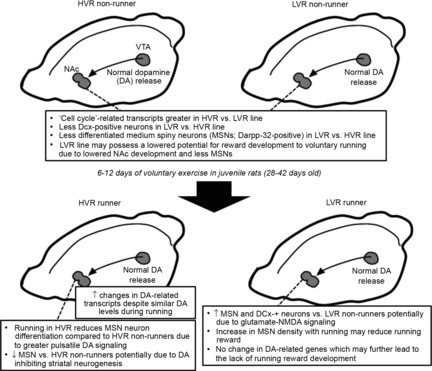Figure 8. Summary figure of new hypotheses developed from current observations between the LVR and HVR lines.

Hypotheses on neuron development between lines: the inherent up-regulation of ‘cell-cycle’-related transcripts in the HVR and LVR line and the higher densities of Dcx- and Darpp-32- positive neurons indicates that MSN development is inherently greater in the HVR line. However, voluntary running reverses these trends (MSNs: HVR = LVR; Dcx-positive neurons: LVR > HVR). Methamphetamine administration to rodents, which increases striatal dopamine levels, has been shown to decrease striatal neurogenesis. Hence, high pulsatile dopamine secretions into the NAc on a nightly basis due to high running may be the mechanism whereby HVRs experience a decrease in MSN density. Conversely, glutamate–NMDA receptor signalling is linked to an increase in striatal neurogenesis. Hence, this may be the mechanism whereby voluntary running in LVRs increases NAc Dcx- and Darpp-32-positive neurons. Hypotheses on MSN function between lines: initially, we hypothesized that lower inherent MSN density in LVR versus HVR non-runners may lead to the lack of voluntary running reward. However, there were negative associations between running distance and Darpp-32-positive neurons in the HVR and LVR runners (Fig.4A and B). Hence, we speculate that a greater MSN density may inhibit efferent targets that lead to a decreased motivation for voluntary running. Abbreviations: DA, dopamine; MSN, medium spiny neuron.
